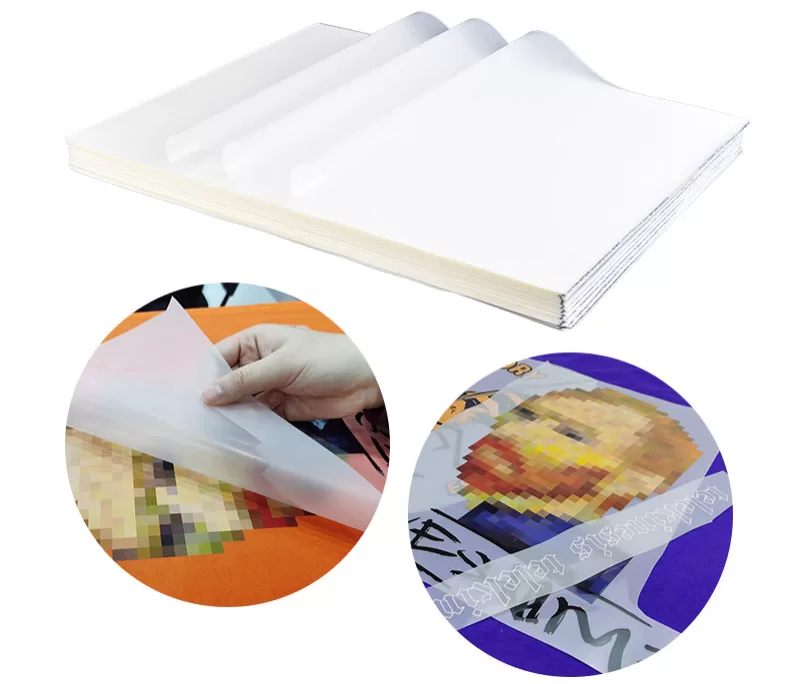The structure of traditional screen printing PET film is generally divided into substrate layer, release layer, printing layer and glue layer. The production process is as follows:

- Select a suitable substrate film. The main substrates of screen printing
- PETfilm are OPP, PET, PVC, CP, and PET is widely used. Because of its good stability, uniform tension, and extremely small thickness deviation of the film, PET is widely used.
- Coating the release agent, the release agent plays the role of separating the printing layer and the substrate of the screen printing PET Due to the fast volatilization speed of the release agent, attention should be paid to controlling the viscosity of the release agent, that is, the solid content. At the same time, attention should be paid to controlling the transparency of the release agent and the uniformity of coating to avoid affecting the printing effect and peeling effect.
- For printing ink, the drying temperature of the ink should be selected according to the solvent used. If the solvent is a quick-drying type, the drying temperature should be lowered. Pay attention to the printing color sequence of the thermal transfer film: first print the ink with low color transparency, and then print the ink with high color transparency, and apply one or more layers of white ink according to the pigment, so that the pattern level and tone after transfer are not affected by the background color of the workpiece Impact.
- Coat the glue layer. After the printing layer is dried, apply adhesive glue (also called back glue) to ensure that the printing layer adheres to the surface of the substrate. According to different materials, choose the appropriate temperature to dry the film again.
Kenteer has 27 years of experience in the coating film production of heat transfer materials. Its main products include: heat transfer vinyl, customized heat transfer sticker, screen printing PET film, heat transfer equipment, heat transfer ink, etc. And we are always on the go for better high quality for Kenteer printing factories clients. If you have related needs, please contact us.


